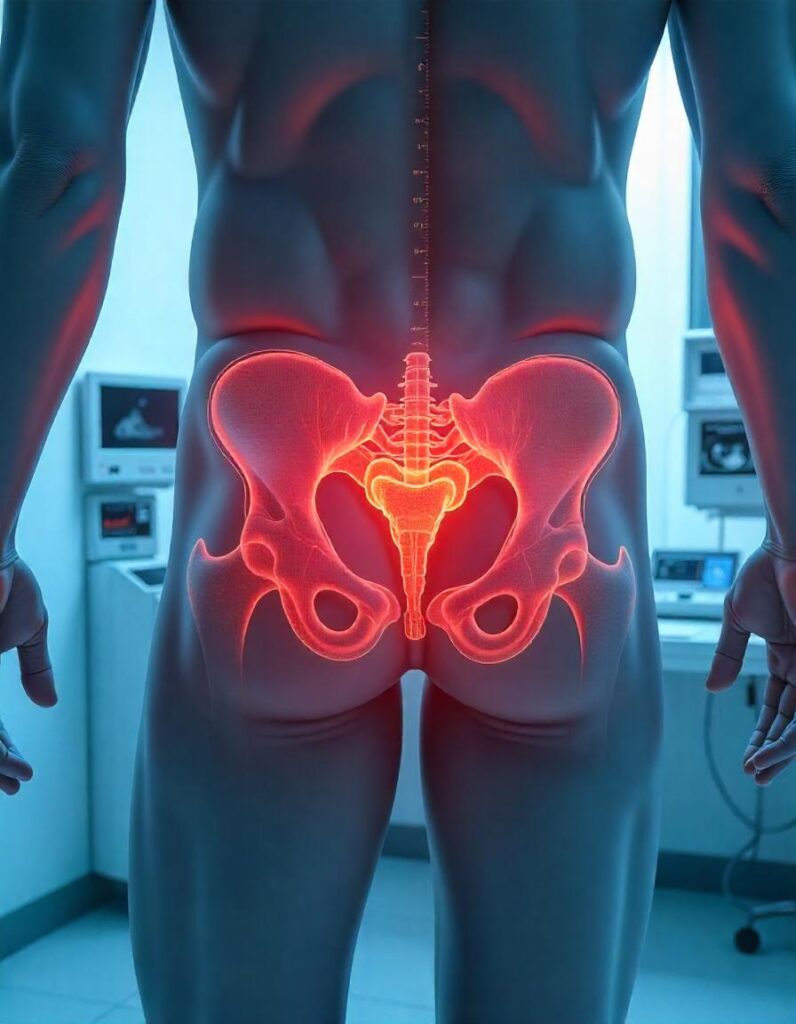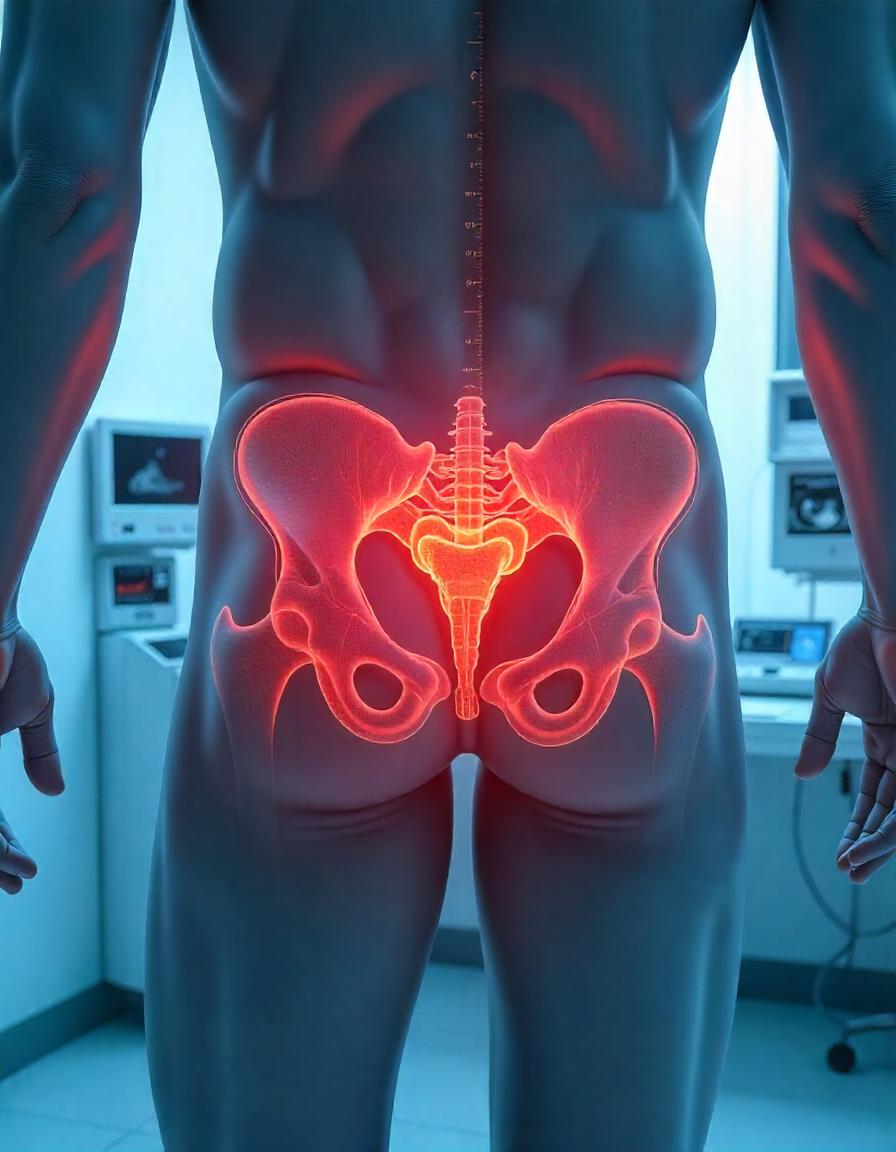Explore the 2025 Prostate Volume Calculator: learn methods, uses, formulas, and its role in diagnosis. Ideal for students, urologists, and patients.
Prostate Volume Calculator
Calculate prostate volume using the ellipsoid formula based on ultrasound or MRI measurements
Calculating…
Prostate Volume Result
Interpretation
Enter your measurements to get an interpretation of your prostate volume.
Prostate Size Comparison
About Prostate Volume
The prostate volume calculator uses the ellipsoid formula (π/6 × L × W × H) which is the most commonly used method for estimating prostate volume from ultrasound or MRI measurements.
Frequently Asked Questions
Prostate dimensions are typically measured using transrectal ultrasound (TRUS) or MRI. Your urologist or radiologist will take these measurements:
- Length (AP): Anteroposterior diameter (front to back)
- Width (TR): Transverse diameter (side to side)
- Height (CC): Craniocaudal diameter (top to bottom)
These measurements are usually reported in centimeters (cm) or millimeters (mm).
Prostate volume varies with age, but generally:
- 20-30 mL: Normal range for adult men
- 30-50 mL: Mild to moderate enlargement
- 50+ mL: Significant enlargement
Note that volume alone doesn’t determine treatment – symptoms and other factors are also important.
Prostate volume is important for:
- Diagnosing benign prostatic hyperplasia (BPH)
- Planning surgical treatments
- Assessing prostate cancer risk
- Interpreting PSA levels (PSA density)

1. Introduction
Prostate health is a growing concern for men, especially over the age of 50. One crucial aspect of evaluating prostate health is calculating prostate volume. Whether you’re a patient or a healthcare professional, understanding how prostate volume is measured can lead to more informed decisions.
2. What Is Prostate Volume?
Prostate volume refers to the physical size or mass of the prostate gland, typically measured in cubic centimeters (cc or cm³). This measurement helps assess whether the prostate is enlarged—a condition known as Benign Prostatic Hyperplasia (BPH)—or if further testing is required.
3. Why Calculating Prostate Volume Matters
Knowing the prostate volume is vital for:
- Diagnosing BPH
- Planning surgery or medication
- Monitoring prostate cancer risk
- Determining PSA density (PSA/prostate volume)
- Predicting response to therapies
4. Anatomy of the Prostate Gland
The prostate is a walnut-sized gland that sits below the bladder and in front of the rectum. It surrounds the urethra and plays a role in semen production.
As men age, the prostate may enlarge. This enlargement may cause urinary symptoms and lead to BPH or more serious conditions like prostate cancer.
5. Normal Prostate Size by Age
| Age Group | Normal Prostate Volume (cc) |
|---|---|
| 20–30 | 20–25 cc |
| 30–50 | 25–30 cc |
| 50–70 | 30–40 cc |
| 70+ | 35–45+ cc |
6. Methods for Measuring Prostate Volume
a. Transrectal Ultrasound (TRUS)
- Most accurate & common method
- Performed by inserting a probe into the rectum
- 3D imaging to calculate width, height, and length
- No radiation exposure
b. MRI-Based Measurement
- High resolution
- Used in prostate cancer evaluation
- More costly but gives clear boundaries
c. CT Scan
- Rarely used due to poor soft tissue resolution
- Sometimes performed during other abdominal scans
d. Digital Rectal Exam (DRE)
- Manual method
- Less accurate, but useful for initial assessment
- Done in-office by urologists
7. Formula for Calculating Prostate Volume
Ellipsoid Formula:

Prostate Volume=Length×Width×Height×0.52\text{Prostate Volume} = \text{Length} \times \text{Width} \times \text{Height} \times 0.52Prostate Volume=Length×Width×Height×0.52
- Length: From base to apex
- Width: Side-to-side
- Height: Front-to-back
- All dimensions in centimeters (cm)
8. Prostate Volume Calculator (With Example)
Example:
- Length: 4.5 cm
- Width: 4.2 cm
- Height: 3.8 cm
Volume=4.5×4.2×3.8×0.52= 37.3 cc\text{Volume} = 4.5 \times 4.2 \times 3.8 \times 0.52 = \text{~37.3 cc}Volume=4.5×4.2×3.8×0.52= 37.3 cc
This would be considered a slightly enlarged prostate for a 50-year-old man.
9. Interpretation of Results
| Volume (cc) | Category |
|---|---|
| < 30 cc | Normal |
| 30–50 cc | Mild Enlargement |
| 50–80 cc | Moderate Enlargement |
| > 80 cc | Severe Enlargement |
10. Prostate Volume and Health Risks
- Enlarged Prostate can compress the urethra, causing difficulty in urination
- Larger volumes may be linked to increased PSA levels
- A high PSA density (>0.15) increases the risk of prostate cancer
- Essential in planning prostate surgery (e.g., TURP)
11. How to Prepare for a Prostate Volume Exam
- Empty the bladder before ultrasound
- Avoid ejaculation for 24 hours before the test
- Inform your doctor of medications or supplements
- You may be asked to fast for MRI with contrast
12. FAQs About prostat volume
Q1: Can I check prostat volume at home?
A: No. It requires imaging like ultrasound or MRI by a medical professional.
Q2: Is an enlarged prostate always cancer?
A: No. Most enlarged prostates are due to BPH, not cancer.
Q3: Can prostat volume decrease?
A: Yes, with medications like alpha-blockers or procedures like TURP.
13. Tips for Prostate Health
- Eat a balanced diet rich in zinc and selenium
- Limit red meat and dairy
- Stay physically active
- Avoid alcohol and caffeine
- Get regular prostate exams after age 50
14. When to See a Urologist
Consult a urologist if you notice:
- Frequent urination, especially at night
- Weak stream or difficulty starting urination
- Pain during urination or ejaculation
- Blood in urine or semen
- High PSA test results
15. Final Thoughts
Calculating prostat volume is more than just a number—it’s a critical part of diagnosing and managing men’s health issues. From benign enlargement to cancer risk, the size of your prostate can tell a deeper story.
If you’re over 50 or experiencing urinary symptoms, talk to your doctor about getting a prostat volume test. Early diagnosis can prevent complications and improve your quality of life.
16. References
- American Urological Association Guidelines
- Radiological Society of North America (RSNA)
- National Cancer Institute (NCI)
- Mayo Clinic
- NIH.gov articles on prostate health
